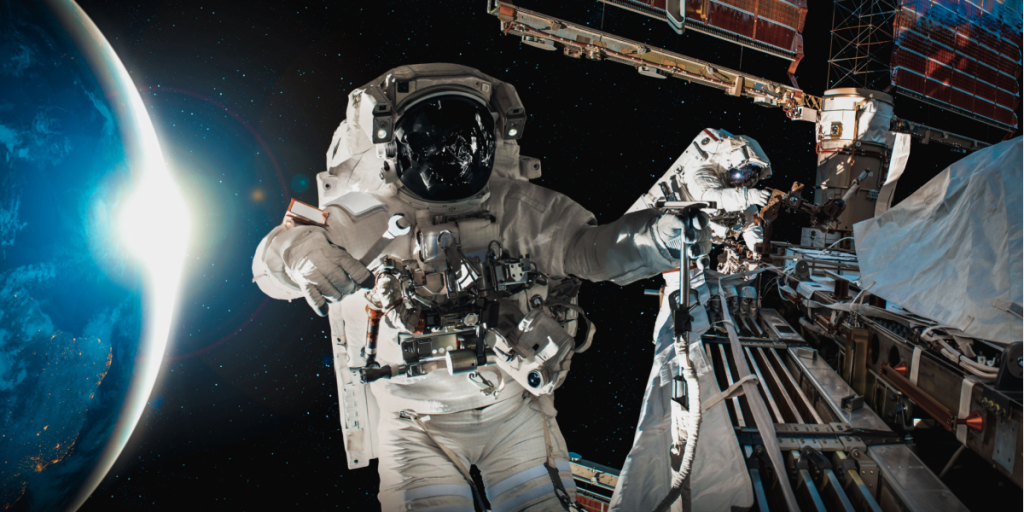Will aliens ever discover these 6 strange human artifacts floating in space?
Others are reading now
Will aliens ever discover these 6 strange human artifacts floating in space?
A strange legacy among the stars
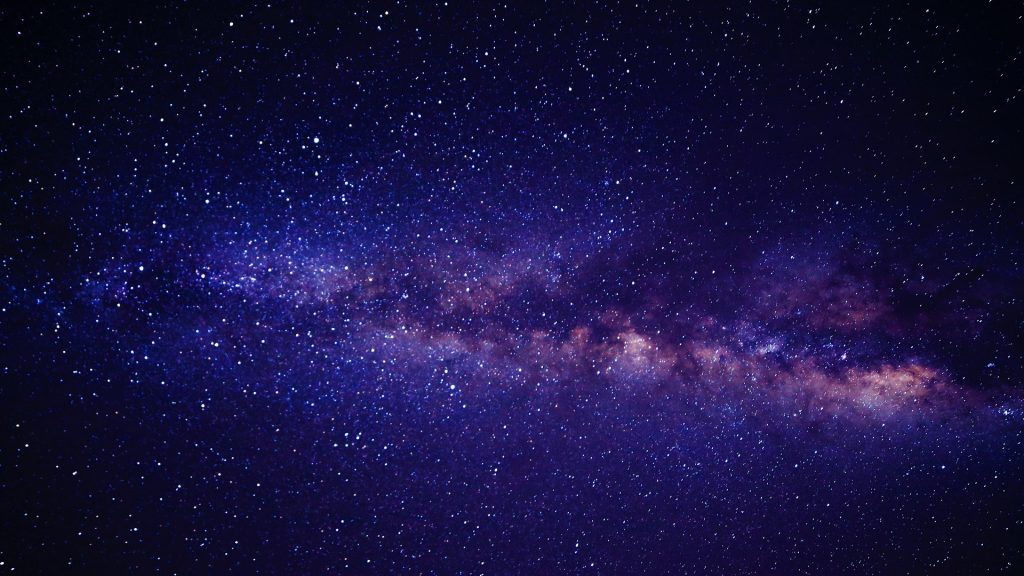
Humanity has launched more than just satellites and science gear into space. From symbolic tributes to spontaneous accidents, we’ve left behind a trail of strange, sentimental, and sometimes absurd objects scattered across the cosmos.
Whether flung out of orbit or quietly resting on the Moon, these unusual space artifacts tell their own kind of story — about who we are, what we value, and what we’re willing to let float away.
1: The spatula that slipped into space
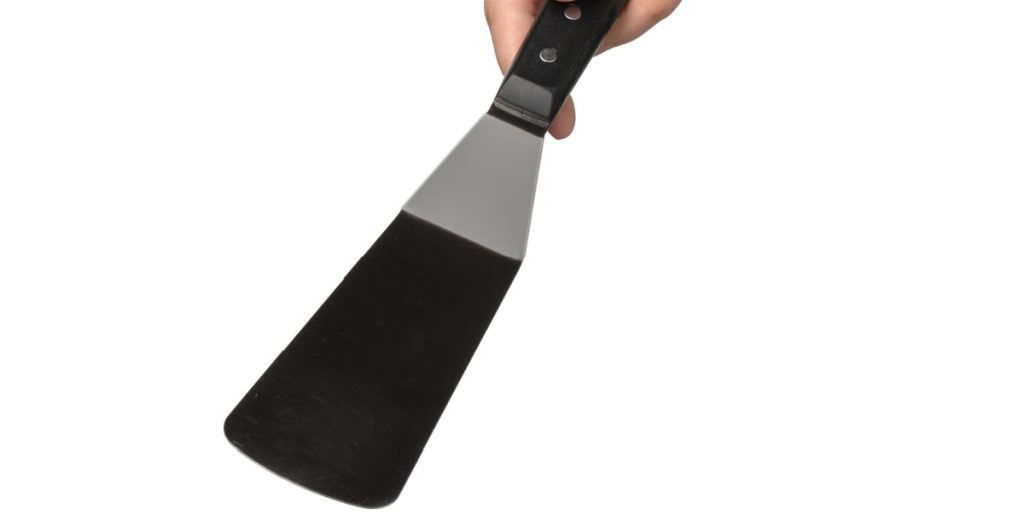
According to the newspaper Los Angeles Daily News 2006, astronaut Piers Sellers was outside the Discovery shuttle testing a heat-shield repair technique. His tool of choice? A spatula.
But when the mission wrapped, the kitchen gadget didn’t make it back.
Also read
Dubbed spatsat, the floating utensil became an unexpected addition to low Earth orbit. While it posed minimal risk, it joined a quirky list of items lost in space — including gloves, bolts, and even tool bags.
2: Gene Roddenberry’s final mission
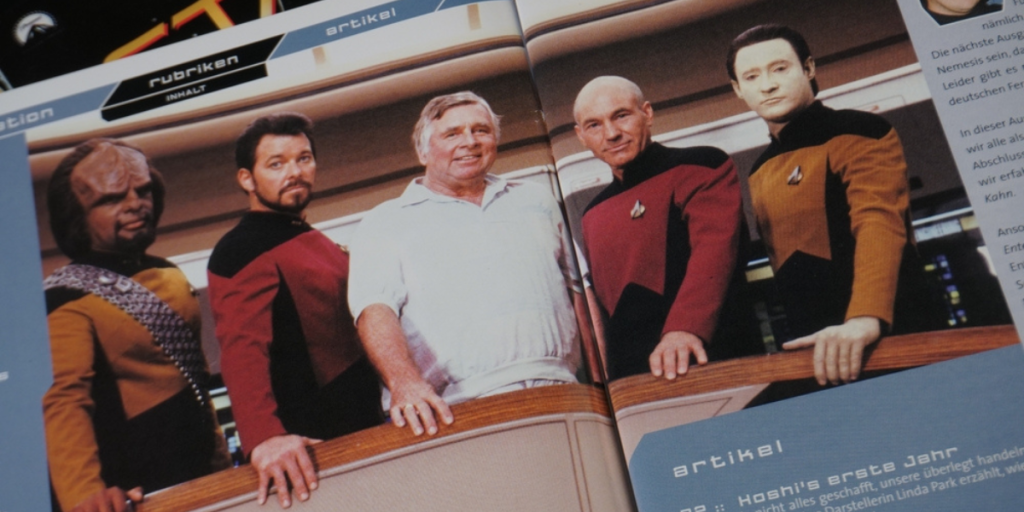
According to the newspaper Futurism, after multiple failed attempts, a portion of Star Trek creator Gene Roddenberry’s ashes finally made it beyond the Earth-Moon system in 2024.
His ashes were being transported by Astrobotic Technology’s Peregrine lander, which also carried the remains of other individuals whose final resting place was meant to be among the stars.
3: Apollo’s smelly legacy
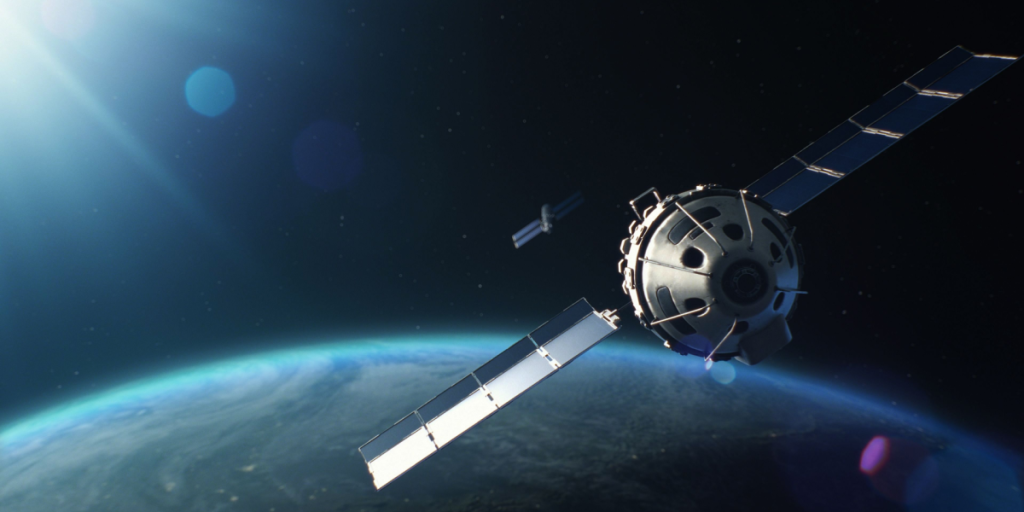
According to Vox, Moon missions left behind dozens of bags of astronaut waste. Weight was at a premium on the return flights, so NASA instructed crews to jettison non-essentials — including human waste.
Now, decades later, scientists even wonder whether microbial life from those bags could have survived the harsh lunar environment. Think of it as the Moon’s least romantic time capsule.
Also read
4: A golden mixtape for aliens
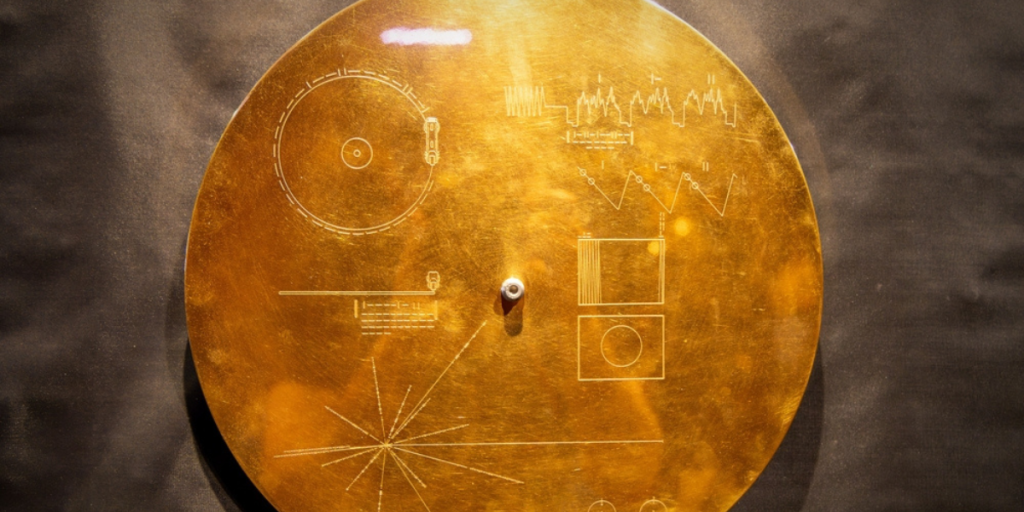
According to NASA the Voyager 1 and 2 carry more than instruments.
The spacecrafts holds a gold-plated phonograph record containing sounds and images of life on Earth — greetings in 55 languages, music from Bach to Chuck Berry, and the sound of a heartbeat.
5: LEGO figures in Jupiter’s orbit
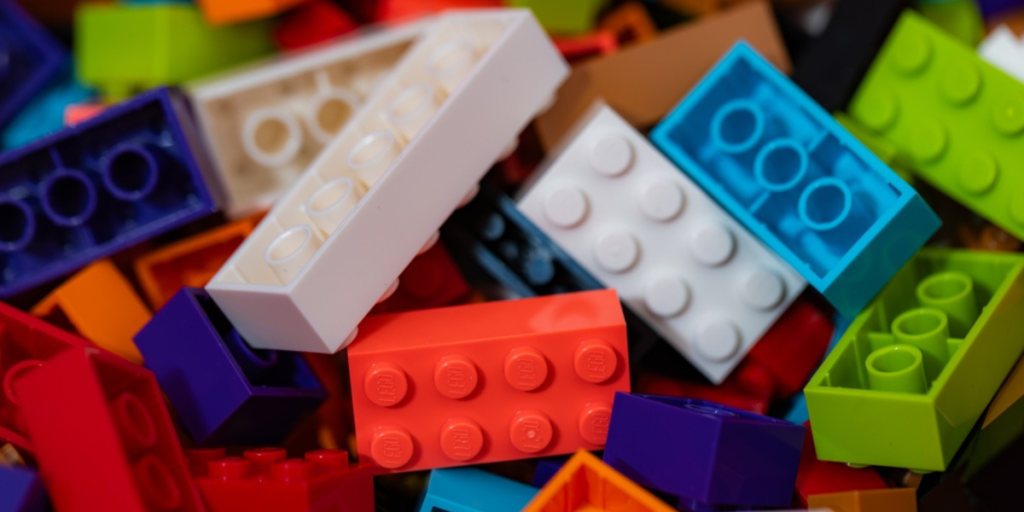
According to the news publication CollectSpace, in 2011 NASA sent three LEGO mini-figures into space aboard the Juno spacecraft. The figurines — representing Jupiter, Juno, and Galileo — weren’t just for fun.
NASA hoped they’d inspire kids to learn about science and space. The tiny trio continues to orbit Jupiter even now, destined to plunge into the gas giant’s atmosphere in 2025.
Space, it turns out, has room for both myth and plastic
Also read
6: Golf balls on the Moon
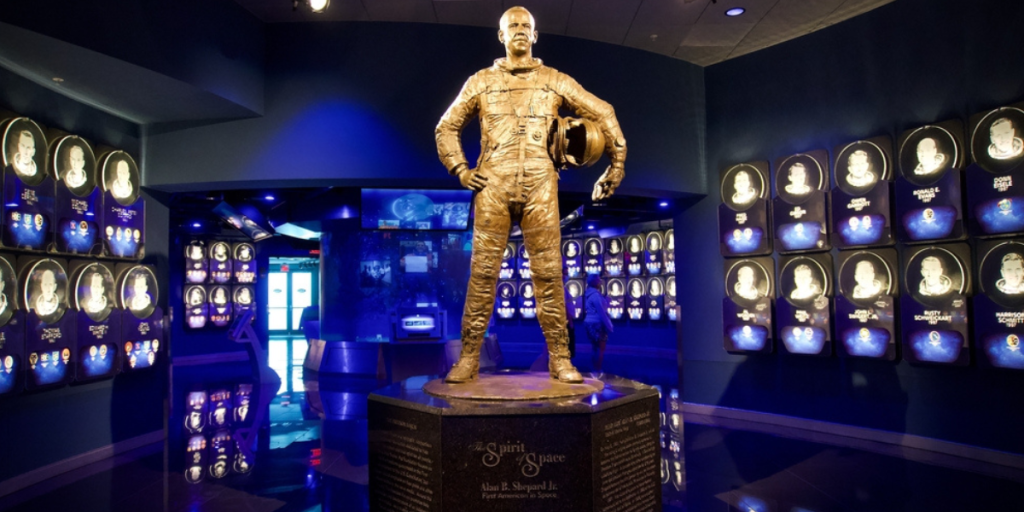
According to the USGA, Apollo 14 astronaut Alan Shepard brought a six-iron head and a few golf balls to the Moon — literally.
On a whim, he teed off in the low-gravity environment. Later analysis suggests the shots traveled a modest 24 and 40 yards. Even so, they remain among the most whimsical relics of the space age.
What we leave behind says who we are

From Moon golf to golden records, what we’ve left in space reveals more about Earth than the stars.
Some items are deliberate messages, others accidental oddities. But together, they form a drifting, unintended museum of humanity — equal parts art, science, humor, and biology.
One day, alien archaeologists might discover them. Or maybe we just needed to know we were out there, too.

